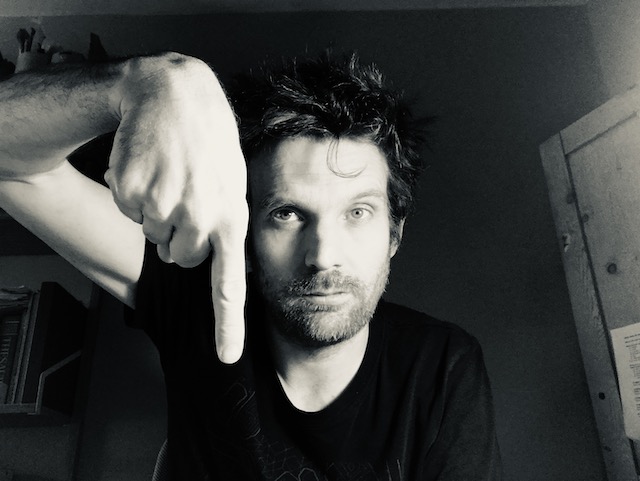Here’s a simple experiment. Take a wine glass and place it on a city map. With a pencil, draw around the base. Follow the circle as closely as you can and see what you discover.
These instructions are the basis of a psychoderive, an approach to rediscovering the city, proposed by Situationist philosopher Guy Debord.
Debord wants us to see the city anew. To break the matrix of familiarity, the hierarchies of roads, the boundaries of commerce. And instead to see again the underlying contours of place and community.
Familiarity dims the senses. The circle forces us onto new paths. This uncertainty sharpens our awareness again. To notice the gaps between buildings. The pockets of life thriving in forgotten spaces. Not knowing if there is a way through.
This act—forcing us to see the familiar in a new way—is a perfect analogy for how regenerative design begins. That starting point is deep observation of place. In places we think we know, it’s about peeling back the skin that habit forms and seeing what lies beneath. Then we can connect more deeply with community and ecosystem. To see what ingredients we already have to work with. To spot potential we can help unlock. To recognise the successful patterns of place.
To do all of that, we need to learn to look again. Guy Debord’s wine glass gives us a good starting point. What do you notice when you follow the circle?
Further reading
- It turns out I did my first psychoderives in 2018 – Read Derive#2, about a circle I tried to squash into the Square Mile.
- And continuing on the theme of games that change the way we experience the city, check out the Left-Right game, which my daughter and I invented during lockdown.
